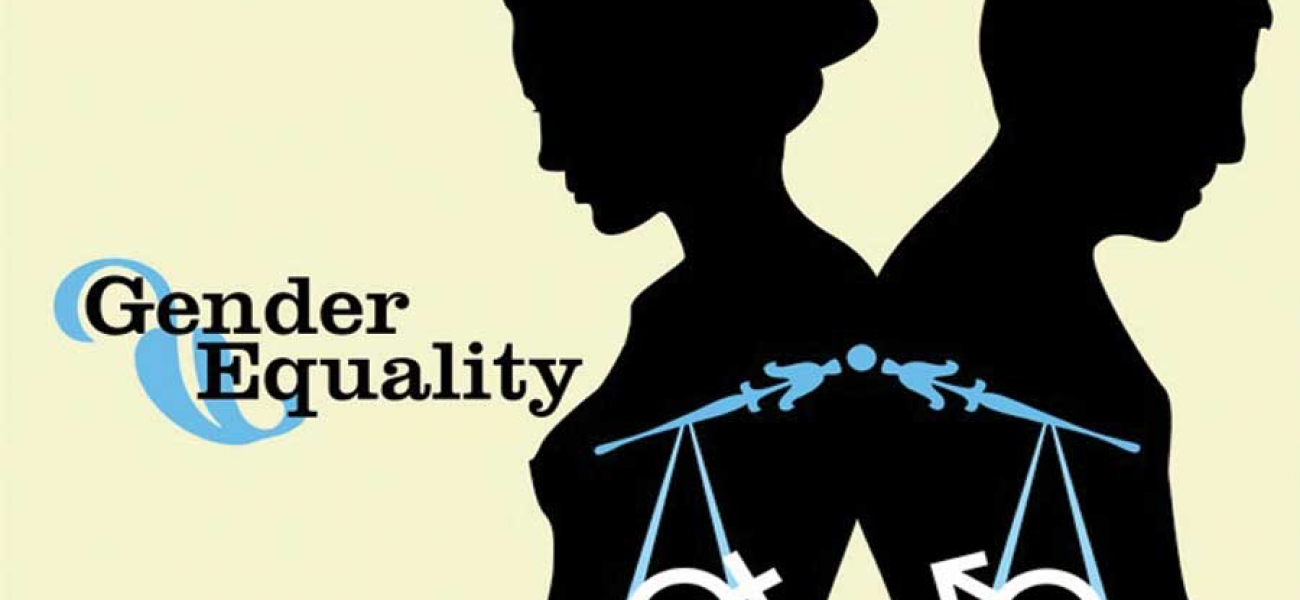A Bill seeking to bring about gender equality was introduced on the floor of the Senate on the 30th of September 2015. The bill titled the Women Empowerment and Gender Equality Bill, 2015 is sponsored by a female legislator, Senator Biodun Olujimi, (APC: Ekiti). Among others, the Bill aims to create a situation where men and women can enjoy the same scope of rights and obligations in all spheres of life. It will also give effect to the principles of non-discrimination and sexual equality envisaged in the 1999 Constitution (as amended) and international agreements; that Nigeria is signatory to[1].
To achieve this objective, the Bill proposes an institutional framework that aligns all laws relating to women empowerment and puts gender equality at the core of all structures, institutions, policies and procedures of the Government and the private sector. The Bill also mandates all “public and private bodies” with the responsibility of giving effect to the progressive realisation of 50 percent minimum participation of women in decision making structures or boards.
A Minister of Women Affairs will also oversee the application of the Bill by assigning the public or private bodies that must comply with the relevant provisions of the Bill and implement its plans and measures. This includes requiring them to submit a report on their implementation of substantive gender equality for review.
A close reading of the Bill indicates that it is predicated on the Nigerian patriarchal society’s assumption that women are of a weaker gender and are thus, naturally incapable of leadership and management positions. To address these issues, the designated public and private bodies that are selected by the Minister of Women Affairs are to educate, train, develop and implement plans and measures for gender mainstreaming. There are also provisions to enable the socio-economic empowerment of women in rural areas and suffering from a disability. The Bill further aims at encouraging women to play a more active role in the political process by prescribing for a minimum of 35 percent participation in political party making positions and structures for women and guaranteeing them an equal and meaningful representation even in traditional councils!
Nevertheless, the Bill raises certain issues worth mentioning. Firstly, throughout the Bill, power is consistently given to unidentified “designated public and private bodies” that are entrusted to reduce the gender gap between the sexes. While the term provides room for some flexibility, there is a danger in entrusting such huge responsibilities on undefined bodies or institutions especially as there are no guidelines on how such “designated public or private bodies” are chosen. There is also the argument of whether a gradual implementation of women’s rights might be more useful in kick-starting the process rather than a more aggressive approach that may be thrown away altogether.
In this respect, it is noteworthy that the Gender and Equalities Bill before the House of Representatives advocates a minimum of 35 percent of women participation in decision-making processes. On a comparison with the House Bill on Gender Equalities, the Senate Bill provisions in some respects looks more obscure. For instance, while the Senate Bill simply requires designated public and private institutions to implement measures that will bring gender equality, the House Bill elucidates on the special measures that public and private institutions must adopt in eliminating discrimination.
However, overall, the Bill must be commended for striving for a situation where women have equal conditions for realising their human rights and are able to contribute to their national, political, economic, social and cultural development and benefit from its results. Presently, the Bills on Gender Equality in the Senate and the House have only been presented for first reading stage and will largely owe their survival to the support of other legislators in the national Assembly who are predominantly male. Only 22 women were elected as legislators in the 8th Assembly.
[1] See the Convention on the Elimination of All Forms of Discrimination Against Women (December 1979) and the Beijing Declaration and Platform for Action (September 1995)

